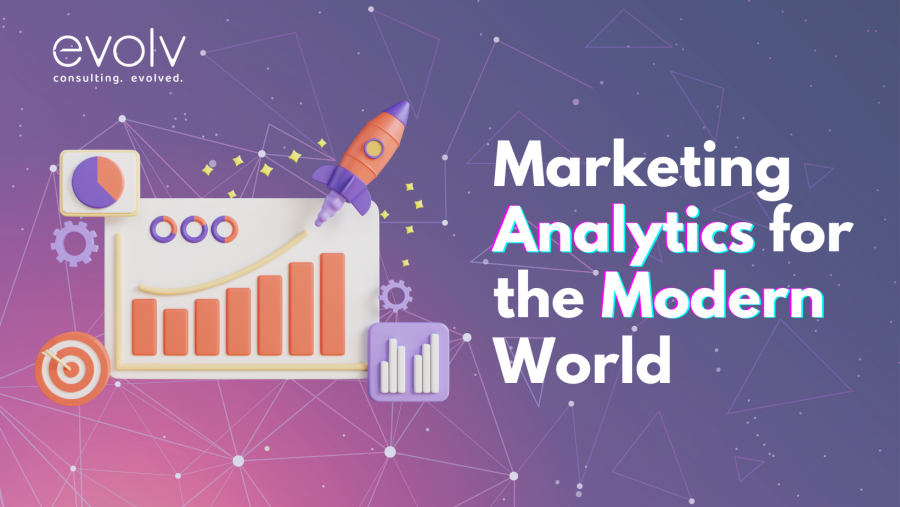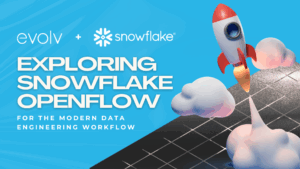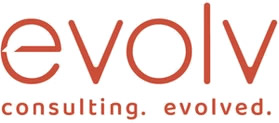Modern marketing has evolved into a complex web of data streams, each carrying valuable insights. Without understanding how to harness the collective value of all your data flows, figuring out what your customers really want is almost impossible.
But using your data effectively creates real business results. For instance:
- 80% of companies that use real-time data activation—the process of instantly using collected data to inform decision making—saw a revenue lift according to this CEBR report
- B2B companies increase their revenue by 15-25% when they activate off their insights derived from their marketing data, according to McKinsey
- Red Roof Inn increased their reservations by 10% by incorporating flight cancellation data into their marketing stack – the technologies and tools they use for their marketing efforts. When flights cancelled, they pushed advertising within a specific geography to capture stranded flyers’ attention.
These gains were achieved using data that already existed within modern marketing departments. Why are these gains so uncommonly realized? The ‘get-more-data’ paradigm of the 2010s prevents businesses from using their data effectively. In this blog post, we’ll discuss how to activate on your data effectively by:
- Switching from a ‘get-more-data’ to a ‘get-more-from-data’ mindset, something I’ve personally seen make a significant difference in how businesses approach their data strategies.
- Understanding your business’ data landscape, including knowing where your data comes from and how it’s used to maximize its potential.
- Creating “golden records” based on the highest-quality data, a most accurate and complete version of a specific data point in a system.
The Get-More-From-Data Mindset
The mindset needed to build a modern marketing data stack is one of a humble, patient economy. For instance, the first instinct you feel when encountering a gap in your data should not be to grab your wallet…
The “get-more-data” devotee rushes to buy customer data from an unverified 3rd-party marketplace. Then shove all of it recklessly into their data warehouse to slowly gather mothballs. On the other hand, the “get-more-from-data” monk would map their customer journey and identify a targeted persona to ensure their contact additions are useful. They would rely on high-quality additions from reputable sources like the Snowflake Marketplace.
For example, a sales department would likely find more success enriching information about warm leads who have already encountered your product than adding more cold calls to a sales rep plate. By working with reliable, available data and keeping the customer at the center of the conversation, this mindset can keep both data costs down and customer satisfaction up.
The “get-more-from-your-data” mindset isn’t a new concept—it was the default marketing attitude before the era of cheap data. But since the data explosion of the 21st century transformed the business landscape, causing many to forget the old ways. To build a robust data infrastructure, be intentional about the new data you add to your mix and always keep the customer at the center of your conversations.
Understanding Your Business’ Data Landscape
If you find yourself ready to “take the plunge” and approach your data with humble customer-centricity—it’s important to understand your specific data landscape at the fullest, deepest level.
How do you know if you’re ready? If there are wish list items you’ve wanted to do with your data but can’t yet, then it’s time to act! Transform this “wish list” by listing out the:
- business need
- specific use case
- required data components needed
Now that you have aspirational use cases identified and written down, it’s time to match it to the data sources that are available to you. [Pro-tip: Our data engineers at evolv have found that it’s most often more cost-effective to fully utilize your existing technology stack rather than adding additional software layers. Trust me, you don’t want to build a franken-stack—a disjointed hodgepodge of tools and systems!]
To put it simply: play a game of matchmaker and connect each use case with its corresponding data. This is a crucial step, as it will help you identify and highlight any missing data needed. For example, if you want to offer umbrellas to your customer email list when it rains where they are, you’ll need to integrate live weather data into your system. With any luck, you’ll find that most of your aspirational use cases require the same few data sources being added, making it simple to move forward within the Customer Experience (CX) optimization process. Prioritize those high-value additions rather than chasing the diminishing returns of one-off data additions.
With the right mindset and a good understanding of your unique data landscape, you can elevate your competitive edge by producing top-tier records. These high-quality records pave the way for leveraging powerful analytics, facilitating informed decision-making throughout your organization.
Creating Golden Records
Even for companies not embedded in a technical landscape, it’s no secret that businesses today are inundated with data. The average marketing department manages nearly twice as many data sources as they did in 2021. While this abundance of information holds immense potential, it’s created a daunting challenge as well. The solution to managing the data swamp is to combine different data sources into a single, definitive ‘golden record.’
Let’s put it into an everyday scenario to paint the picture. Supppose you have a customer record from your in-person event named “War Ruston” and his email address. Great! It sounds like War liked your business. That is until you look at your shipping records and see a “Ward Rushton” with the same email… Which data source is correct? In this case, Ward’s awful handwriting led to less reliable data from the in-person event and could potentially lead to a negative customer experience with a misspelled name, lost package, or other.
Moral of the story: we should use the higher-quality data where possible and put in place the right workflow to know which data is high-quality. The best data-quality practices and software automatically cross-check for blips and scenarios like these, helping you identify what data is golden and usable. If you hadn’t tried to combine data, you wouldn’t even know they were the same person.
To get started, think like a data engineer would. What data streams do you want to combine or merge? Decide what will be the “unification key” on which to join different records. For example, a good one in our anecdote above is the email address because it’s a unique identifier to the customer records. Once you have this mapped out, you need to figure out what kind of hierarchy each data source should have in a record conflict. Will one data source be treated as ‘truer’ than the other? If so, set up rules to insert the truer value for the final record.
In true best-practice form, you’ll then run some tests on example records, validate the results, and confirm you’re ready to combine!
Transforming Data Management
As a marketing consultant and data enthusiast for evolv Consulting, I’ve seen this process of creating ‘golden records’ played out several times. Let’s consider an example from one of our Financial Services clients where they needed to ingest financial data from their customers across multiple product offerings into a single view of the customer’s financial standing.
Our team of evolv experts followed the outlined process and utilized our knowledge of the business data landscape along with Snowflake’s fuzzy-matching capabilities to merge records dynamically, providing a near-real-time view of each customer. The client not only appreciated the collaboration but also reaped significant benefits, such as a $12M reduction in operational costs, faster clinical data insights, enhanced compliance, and strengthened internal operations. These outcomes ensured a successful and sustainable future for the business.
Check out the full case study here: Empowering Clinical Insights via Digital Transformation.
There’s No Better Time than Now!
Businesses are becoming more data-driven every day. The future of business lies in challenging the boundaries of what’s possible with your data and commiting to a deeper understanding of it, rather than shying away from or suppressing your curiosity.
But if you get stuck, don’t be afraid to ask for help! At evolv, we have a team of consultants—just like me—who are available to advise on areas from strategy to execution. Our diverse experience ensures that we have an expert who understands your industry, service, or product. At evolv, we believe in the transformative power of data, and our team is committed to leveraging this power to drive our clients’ business forward. From comprehensive analytics to strategic insights, our services are designed to empower teams and foster an environment of informed decision-making. With evolv, every piece of data becomes a valuable asset in shaping your future success.
If you’re interested in learning more, reach out to our experienced data professionals at www.evolvconsulting.com




